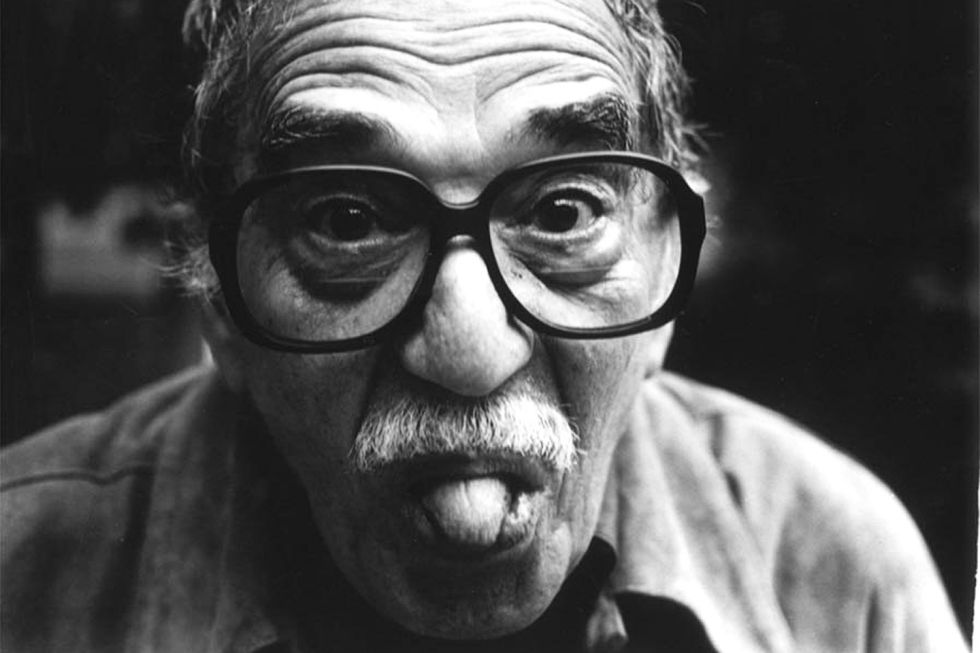In the summer of 1961, Gabriel García Márquez lived with his family
in the Webster Hotel on West Forty-Fifth Street in New York City. They
paid two hundred dollars a month for a room. The thirty-three-year-old
García Márquez had moved to the city a few months earlier to join Prensa
Latina, the fledgling Cuban state news agency with offices at
Rockefeller Center. While he worked, his wife, Mercedes, and infant son
Rodrigo spent their days strolling Central Park. The FBI was monitoring
the newsroom, which was itself consumed with subterfuge and rumors over
who among the journalists were counterrevolutionaries. Before long,
García Márquez’s friend Plinio Apuleyo Mendoza, who worked at the
agency’s Havana bureau, heard of impending mutiny and flew to the States
to warn him. By the time Mendoza arrived, Gabo, as he was
affectionately called, had already quit. He had enough money to get his
family to New Orleans aboard a Greyhound bus. Mendoza returned to Bogotá
and wired the cash the family would need to reach Mexico City. There,
Gabo had friends and the prospect of part-time journalism work to
sustain him while he wrote his next novel, One Hundred Years of Solitude.
Learning about this trip was like a puzzle piece sliding into place for me. I read One Hundred Years of Solitude for
the first time during graduate school. Back then, I knew little about
the book or its author. Something about the way it was written struck me
as Southern, though. It echoed my home in rural Alabama, regional
writers I admired, and the novel I was at the time desperately trying to
finish. ... [mehr] https://www.theparisreview.org/blog/2018/02/09/gabriel-garcia-marquezs-road-trip-alabama/

Keine Kommentare:
Kommentar veröffentlichen